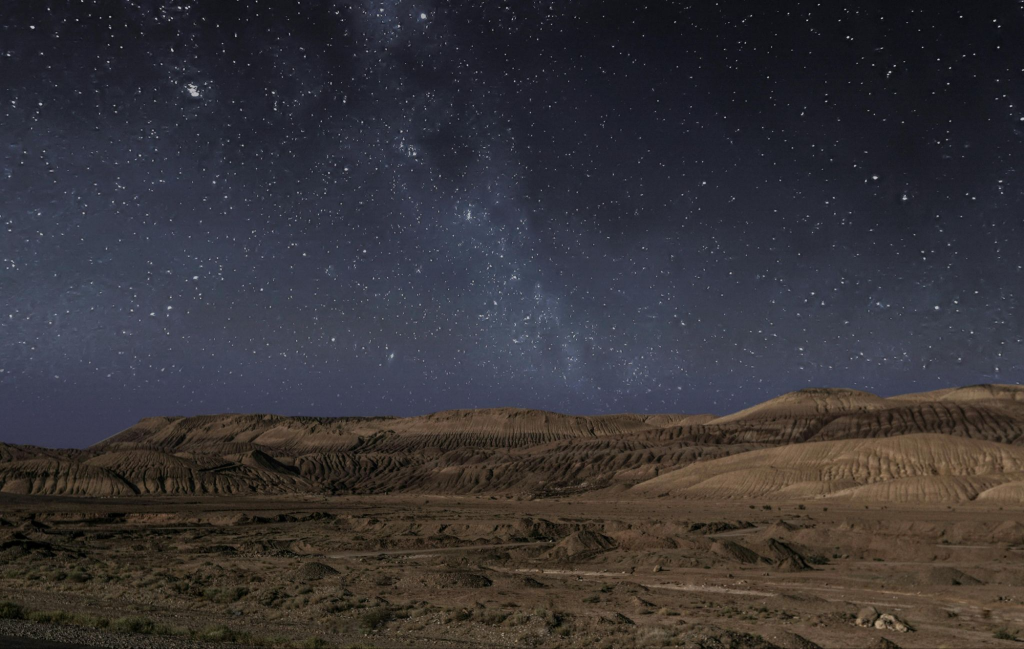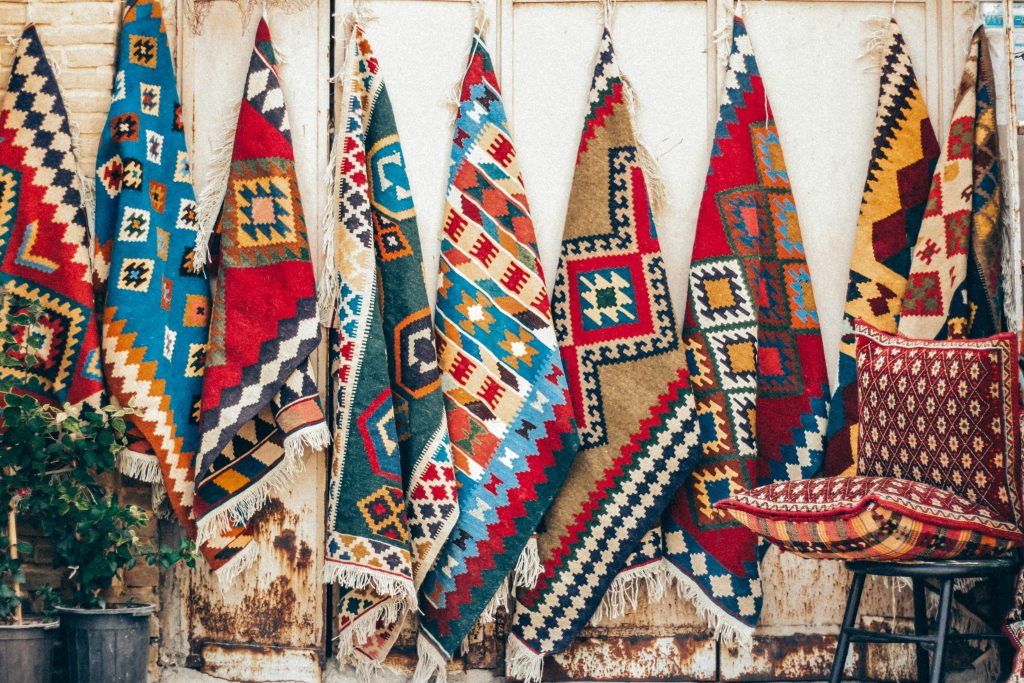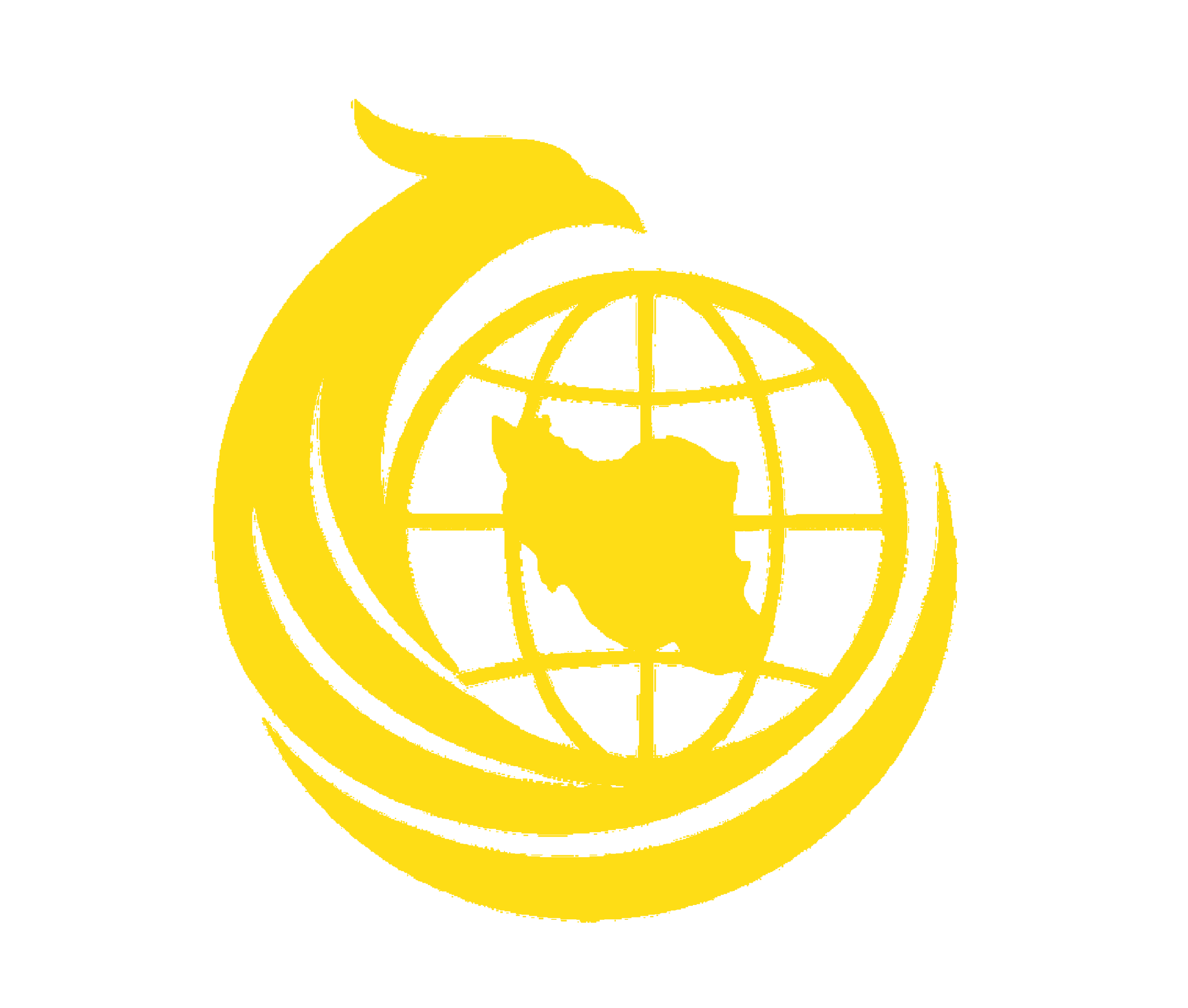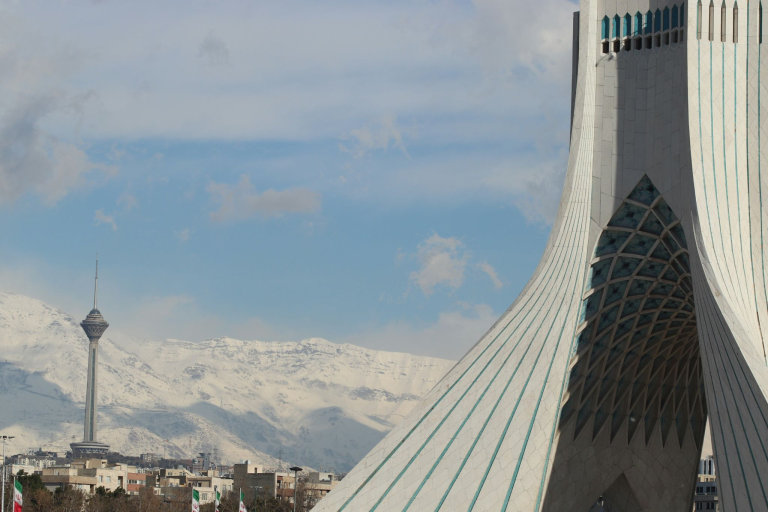How Marketing in Iran Differs from Other Middle Eastern Countries

For international companies considering expansion in the Middle East, understanding the differences between markets is critical. While countries such as the UAE, Saudi Arabia, and Qatar dominate headlines, Iran remains one of the region’s most unique and promising opportunities.
But entering Iran requires a tailored approach. Marketing in Iran is shaped by local culture, digital platforms, consumer expectations, and regulatory environments that differ significantly from neighboring countries. Choosing the right marketing agency in Iran ensures that foreign companies can navigate these complexities and build a strong foundation for success.
This article explores how marketing in Iran stands apart from other Middle Eastern markets and what practical steps international businesses can take to adapt.
Market Background & Opportunities
Iran’s Economic Landscape
Iran’s economy is among the most diversified in the Middle East. Beyond oil and gas, key industries include:
- Consumer goods & retail: Growing demand for international brands.
- Technology & e-commerce: A rapidly expanding digital economy.
- Healthcare & pharmaceuticals: Rising investment in public and private health sectors.
- Tourism: Cultural heritage sites and domestic tourism driving opportunities.
As a marketing agency in Iran, Pars Reach can help international companies identify the most attractive sectors and develop localized campaigns.

Demographics Driving Demand
- Population size: Over 85 million people—larger than many neighboring Gulf states combined.
- Youthful society: Nearly 60% under the age of 35, highly active online.
- Urbanization: Over 75% live in cities, creating concentrated consumer markets.
- Digital penetration: More than 70% internet adoption, making digital strategies essential.
These demographics create fertile ground for international companies that embrace digital-first marketing in Iran.

How Marketing in Iran Differs from Other Middle Eastern Countries
1. Different Digital Ecosystem
Unlike many Middle Eastern markets where platforms like Facebook and Twitter dominate, Iran has a distinct digital landscape:
- Instagram is the leading social platform for consumer engagement.
- Telegram plays a crucial role in communication and business promotion.
- Aparat serves as the Iranian equivalent of YouTube.
A skilled marketing agency in Iran understands how to maximize these channels, whereas campaigns designed for the Gulf region may fail to resonate.
2. Language & Content Localization
Persian (Farsi) is the dominant language in Iran, while Arabic is common across most Middle Eastern markets. This requires brands to adapt not just linguistically but also culturally. Content marketing in Iran must reflect local idioms, traditions, and consumer behavior to be effective.
3. Consumer Behavior
Iranian consumers are price-sensitive, value-driven, and heavily influenced by word-of-mouth and local influencers. Unlike luxury-driven markets like Dubai, Iran’s middle class prioritizes trust, functionality, and long-term value.
4. Advertising & Regulations
In Gulf countries, international advertising agencies often dominate, and campaigns can be highly Westernized. In Iran, however, advertising must comply with local cultural values and government guidelines. A marketing agency in Iran helps foreign companies ensure compliance while still being creative.
5. E-commerce Landscape
While Saudi Arabia and the UAE have global e-commerce giants, Iran has developed its own platforms and payment systems tailored to local regulations. Success requires integration with these systems and localized online campaigns.
Challenges & Risks (and How to Overcome Them)
Regulatory Complexity
Iran’s marketing and business environment requires adherence to local laws, advertising restrictions, and international trade compliance.
Solution: Work with a marketing agency in Iran or it’s legal partners that provides compliance-focused strategies and legal coordination.
Cultural Sensitivity
What works in Dubai or Riyadh may backfire in Tehran. Campaigns must balance creativity with cultural respect.
Solution: Partner with agencies that specialize in cultural adaptation for marketing in Iran.
Payment & Technology Barriers
International payment gateways and ad platforms are limited.
Solution: Use local digital platforms and fintech solutions to manage advertising and transactions.
Practical Advice for Foreign Companie
Step 1: Research the Market Thoroughly
Conduct a market entry analysis in Iran to understand your target demographics, sector-specific demand, and competition.
Step 2: Localize Your Messaging
Translate campaigns into Persian while also adjusting visuals, tone, and brand messaging.
Step 3: Use the Right Digital Channels
Invest in campaigns tailored for Instagram, Telegram, and Aparat, where Iranian consumers spend most of their time.
Step 4: Leverage Influencer Marketing
Iranian influencers play a key role in shaping consumer decisions. Agencies can connect you with trusted local voices.
Step 5: Build Trust Through Consistency
Iranian consumers value long-term relationships. Invest in consistent content marketing and reliable customer service.

Case Study: A Tech Brand Entering Iran
In 2023, a European tech company sought to expand into Iran. They partnered with a marketing agency in Iran to launch their entry campaign.
Challenges faced:
- No access to global ad platforms.
- Lack of cultural awareness in messaging.
Solutions applied:
- The agency localized content into Persian and redesigned visuals for Iranian audiences.
- Campaigns were run primarily on Instagram and Telegram.
- Local influencers were engaged to build trust.
Results achieved:
- 40% increase in brand awareness within six months.
- Strong engagement from younger, urban consumers.
- Sustainable growth through locally adapted campaigns.
This case highlights why collaboration with Pars Reach is critical for foreign businesses.
Conclusion: Why Choose Iran in 2025
Marketing in Iran is not just about entering another Middle Eastern market—it’s about understanding a unique consumer landscape, digital ecosystem, and cultural framework. The strategies that work in Saudi Arabia or the UAE may not succeed here.
To navigate these differences successfully, foreign businesses need a trusted marketing agency in Iran that provides expertise, localization, and compliance support.
👉 Contact our Pars Reach today to build your market entry strategy and unlock opportunities in one of the Middle East’s most promising economies.

Frequently Asked Questions (FAQ)
1. How is marketing in Iran different from the UAE or Saudi Arabia?
Iran relies on platforms like Instagram, Telegram, and Aparat, while Gulf markets focus more on Facebook, Twitter, and global channels.
2. Why should I work with a marketing agency in Iran?
A local agency ensures cultural adaptation, compliance, and access to platforms not commonly used in other Middle Eastern countries.
3. Can foreign companies advertise freely in Iran?
Advertising is possible, but it must comply with local cultural and government regulations.
4. Which sectors are most promising for marketing in Iran?
Consumer goods, technology, healthcare, tourism, and e-commerce are high-potential sectors.
5. How important is influencer marketing in Iran?
Extremely important—local influencers drive consumer trust and engagement more than traditional advertising.
6. What challenges do foreign companies face in Iran?
Regulatory complexity, cultural adaptation, and lack of access to international platforms are key challenges.
7. How can my company ensure success in Iran’s market?
By working with Pars Reach as an experienced marketing agency in Iran, we can localize content and focus on trust-based, digital-first strategies.






